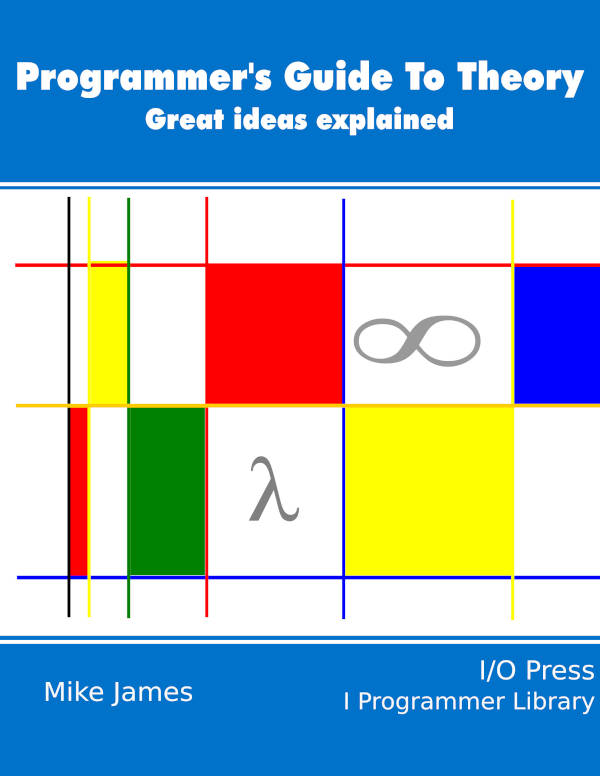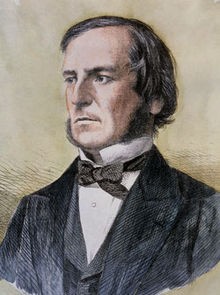| Introduction to Boolean Logic |
| Written by Mike James |
| Tuesday, 11 March 2025 |
|
Page 1 of 7 It may sound like a daunting topic, but Boolean logic is very easy to explain and to understand. It represents the simplest of all the logics and the very basis of computing. A Programmers Guide To Theory
Now available as a paperback and ebook from Amazon.
Contents
<ASIN:1871962439> <ASIN:1871962587> You might be thinking that this is a little late to be introducing ideas about logic. Computers are created using logic gates so why wait so long to discuss them. The truth of the matter is that historically logic and computers did not really fit together. Early computers were thought of as calculating machines and it still is difficult to see where logic fits into rotating gear wheels counting off integers. When Turing was involved in building an early computers, a real Turing machine, he tended to think in terms of artificial neurons rather than logic gates. Even today we tend to be over simplistic about logic and its role in computation and understanding the world and even George Boole, the man who started it all, was a bit over the top with the titles of his books on the subject - Mathematical Analysis of Thought and An Investigation of the Laws of Thought. Boole’s work certainly set modern logic off on the right road, but it certainly wasn’t anything to do with something as general as the “laws of thought”. Even today we have no clear idea what laws govern thought and if we did the whole subject of artificial intelligence would be a closed one. What Boole did to be recognized as the father of modern information technology was to come up with an idea that was at the same time revolutionary and simple. This video, a trailer for a documentary celebrating the bicentenary of his birth on November 2, 1815 hints at how his radical discovery underpins the digital age: Who was George Boole?A contemporary of Charles Babbage, whom he briefly met, Boole is these days credited as being the "forefather of the information age". An Englishman by birth, in 1849 he became the first professor of mathematics in Ireland’s new Queen’s College (now University College) Cork.
George Boole
He died at the age of 49 in 1864 and his work might never have had an impact on computer science without Claude Shannon, who 70 years later recognised the relevance for engineering of Boole’s symbolic logic. As a result, Boole’s thinking has become the practical foundation of digital circuit design and the theoretical grounding of the the digital age. Boolean LogicBoolean logic is very easy to explain and to understand.
Exactly what a "fundamental" operator is forms an interesting question in its own right - something we will return to later when we ask how few logical operators do we actually need? The way that all this works more or less fits in with the way that we use these terms in English. For example, if P is true then NOT(P) is false. So, if “today is Monday” is true then “NOT(today is Monday)” is false. We often translate the logical expression into English as “today is not Monday” and this makes it easier to see that it is false if today is indeed Monday. The problem with this sort of discussion is that it very quickly becomes convoluted and difficult to follow and this is part of the power of Boolean logic. You can write down arguments clearly in symbolic form. |
| Last Updated ( Tuesday, 11 March 2025 ) |

